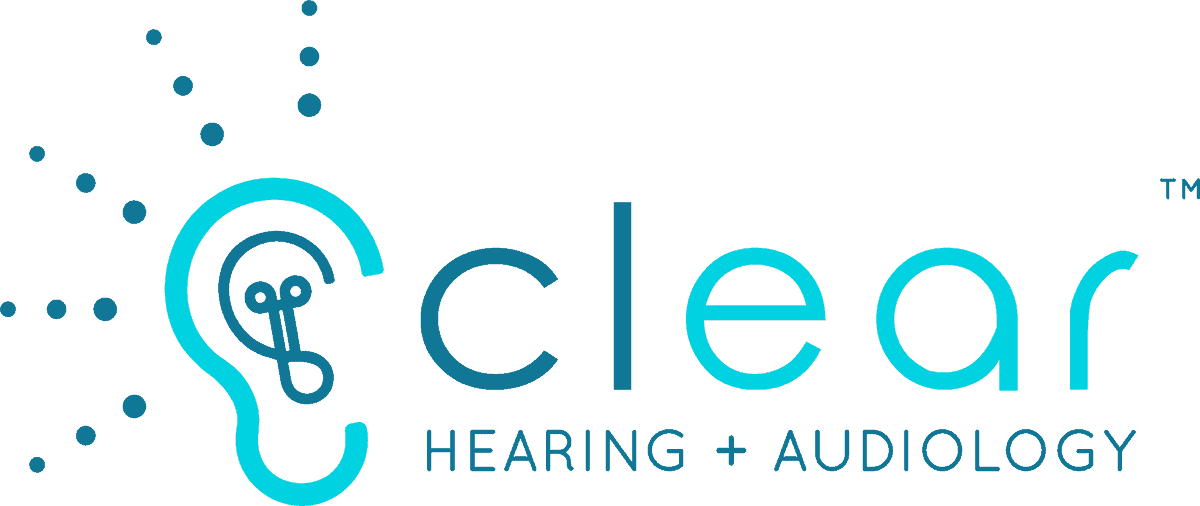
Hearing loss is a prevalent condition that can have a significant impact on your overall quality of life. There are several types of hearing loss, including conductive hearing loss. This type of hearing loss affects the transmission of sound waves from the outer or middle ear to the inner ear.
What is Conductive Hearing Loss?
Conductive hearing loss occurs when sound waves are unable to pass efficiently through the outer or middle ear. Unlike sensorineural hearing loss, which affects the inner ear or auditory nerve, conductive hearing loss typically stems from issues with the ear canal, eardrum, or middle ear structures such as the ossicles (tiny bones).
Causes of Conductive Hearing Loss
Conductive hearing loss can have various underlying causes, including:
- Blockage: A blockage in the ear canal, such as earwax buildup, foreign objects, or a tumor, can prevent the transmission of sound waves.
- Eardrum Perforation: A rupture or perforation in the eardrum, often due to head trauma, infection, or pressure changes, can disrupt the normal functioning of the middle ear.
- Middle Ear Infections: Infections of the middle ear, such as otitis media, can cause inflammation and fluid buildup, resulting in conductive hearing loss.
- Ossicular Chain Disruption: Damage or abnormalities in the ossicles, such as dislocation, fixation, or erosion, can interfere with sound transmission.
- Congenital Anomalies: Structural abnormalities present at birth, such as malformed ear canals or ossicular malformations, can lead to conductive hearing loss.
Symptoms of Conductive Hearing Loss
The symptoms of conductive hearing loss can vary depending on the underlying cause and severity of the condition. Common signs and symptoms may include:
- Muffled or dull sound quality
- Difficulty hearing faint or low-pitched sounds
- Ear pain or discomfort
- Tinnitus (ringing or buzzing in the ears)
- A feeling of fullness or pressure in the ear
- Difficulty understanding speech, especially in noisy environments
It’s essential to seek prompt medical evaluation if you experience any of these symptoms. Visiting your doctor or a hearing health specialist can help you get to the bottom of these symptoms and find the right treatment options.
Diagnosis of Conductive Hearing Loss
Diagnosing conductive hearing loss typically involves a comprehensive evaluation by a hearing health professional, such as an otolaryngologist (ear, nose, and throat specialist), an audiologist, or a hearing health specialist. The diagnostic process may include:
- Medical History: Your healthcare provider will ask about your medical history, including any previous ear infections, injuries, or surgeries.
- Physical Examination: A thorough examination of the ear canal, eardrum, and middle ear structures will be conducted to assess for signs of blockage, infection, or structural abnormalities.
- Audiological Assessment: Hearing tests, such as pure-tone audiometry and tympanometry, may be used to evaluate your hearing thresholds and assess middle ear function.
- Imaging Studies: In some cases, imaging studies such as computed tomography (CT) or magnetic resonance imaging (MRI) may be recommended to further evaluate the middle and inner ear structures.
Treatment Options for Conductive Hearing Loss
The treatment of conductive hearing loss depends on the underlying cause and severity of the condition. Common treatment options include:
- Earwax Removal: If earwax buildup is causing conductive hearing loss, your healthcare provider may recommend gentle ear irrigation to remove the excessive earwax and improve hearing.
- Medication: Antibiotics or antifungal medications may be prescribed to treat middle ear infections or inflammation.
- Surgical Intervention: In cases where structural abnormalities or damage to the middle ear require surgical correction, procedures such as tympanoplasty (eardrum repair) or ossicular chain reconstruction may be performed.
- Hearing Aids: For individuals with permanent conductive hearing loss, hearing aids may be recommended to amplify sound and improve auditory function.
- Bone Conduction Devices: In some cases, bone conduction hearing devices, which bypass the outer and middle ear and stimulate the inner ear directly, may be used to improve hearing.
Seeking Support for Conductive Hearing Loss
Conductive hearing loss can present challenges to communication and overall well-being. The good news is that intervention and appropriate treatment can improve hearing function. If you suspect that you or a loved one may have conductive hearing loss, it’s time to seek help from a qualified hearing health professional.
Book a Hearing Test
Remember, early detection and treatment are key to addressing conductive hearing loss. When you take proactive steps to address your hearing health needs, you can enjoy improved communication, enhanced quality of life, and greater overall well-being.
